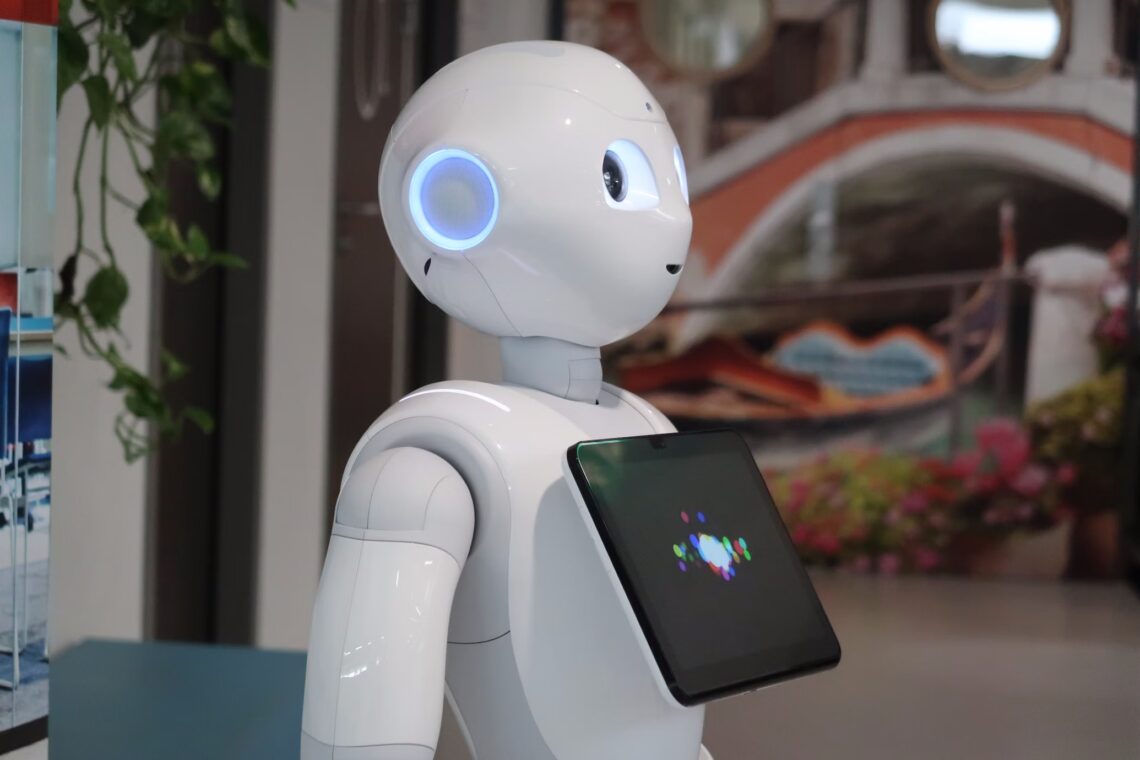The Challenge: Conversion Bottlenecks in Online Retail
Every e-commerce leader knows the numbers. Abandoned carts average 70% globally. Mobile checkout takes too many clicks. Customer queries during shopping journeys often stall the purchase flow.
Technically speaking, the friction stems from context switching—shoppers move between typing, browsing, and comparing. Every extra step creates drop-off risk. The business implication is stark: billions in unrealized revenue.
One e-commerce brand decided to confront this directly, not with another UX redesign, but with a voice shopping assistant designed for real-time, conversational transactions.
Under the Hood: How the Voice Assistant Worked
The assistant wasn’t just a chatbot with speech slapped on. It was engineered as a multimodal voice AI system with three critical layers:
- Real-Time Speech Recognition (ASR): Optimized to transcribe at under 250ms latency.
- Natural Language Understanding (NLU): Built on large language models fine-tuned with retail-specific taxonomies—SKUs, product attributes, promotions.
- Integration Layer: Directly tied to inventory, payments, and CRM for instant updates.
“We architected for sub-300ms response times because our testing showed drop-off doubled when delays hit 500ms.”
— Technical Architecture Brief
This mattered. In practice, customers could say, “Show me red sneakers under $100 in size 9,” and receive filtered product recommendations instantly—without clicking through endless menus.
Technical Deep Dive: Personalization at Scale
The engine didn’t just recognize words. It contextualized intent using customer history. If a shopper had previously bought running gear, the system prioritized performance sneakers over casual styles.
Here’s the cool part—the personalization logic used distributed inference nodes to minimize latency. That meant faster recommendations without overloading the central servers.
Business translation: personalized, context-aware upselling without slowing down checkout.
Results: The 35% Lift in Sales
The impact was measurable within 90 days:
- Sales Conversion Rate: Increased 35%, directly attributed to reduced cart abandonment.
- Average Order Value (AOV): Grew 12%, fueled by contextual upsells delivered mid-conversation.
- Customer Satisfaction (CSAT): Rose by 25 points, with specific praise for “ease of finding products.”
- Operational Efficiency: Call center volumes dropped as more queries were resolved in-shopping.
“We saw more customers completing purchases in a single session. Voice didn’t just make shopping easier—it made it faster.”
— Maya Fernandes, VP Digital Commerce (Global Retail Brand)
Strategic Tradeoffs: What to Watch Out For
While the results are compelling, executives should recognize tradeoffs:
- Training Costs: Retail taxonomies required custom model training, not just off-the-shelf ASR/NLU.
- Privacy Considerations: Voice recordings had to be encrypted and anonymized to meet compliance in multiple regions.
- Maintenance: Continuous tuning was essential—product catalogs change daily in e-commerce.
The overlooked factor? Staff readiness. Merchandising and operations teams had to rethink how promotions were structured to work in a voice-first environment.
The ROI Equation
From a pure numbers standpoint, the ROI was straightforward. Implementation costs were recouped within 6 months through increased conversions alone. Long-term, the savings extended into reduced support calls and higher loyalty retention.
The strategic implication is clear: for e-commerce, voice isn’t a gimmick—it’s a structural lever for growth.
The Bottom Line
This case demonstrates that technical excellence drives business outcomes. By aligning engineering priorities (latency, personalization, integrations) with business goals (conversion, retention, efficiency), the e-commerce brand achieved sustainable impact.
Voice AI in retail is not just about novelty. It’s about solving real bottlenecks—reducing clicks, speeding decisions, and guiding customers seamlessly to checkout.
And in this case, that alignment produced a 35% sales lift—proof that voice shopping assistants, when engineered correctly, deliver both technical performance and business value.






